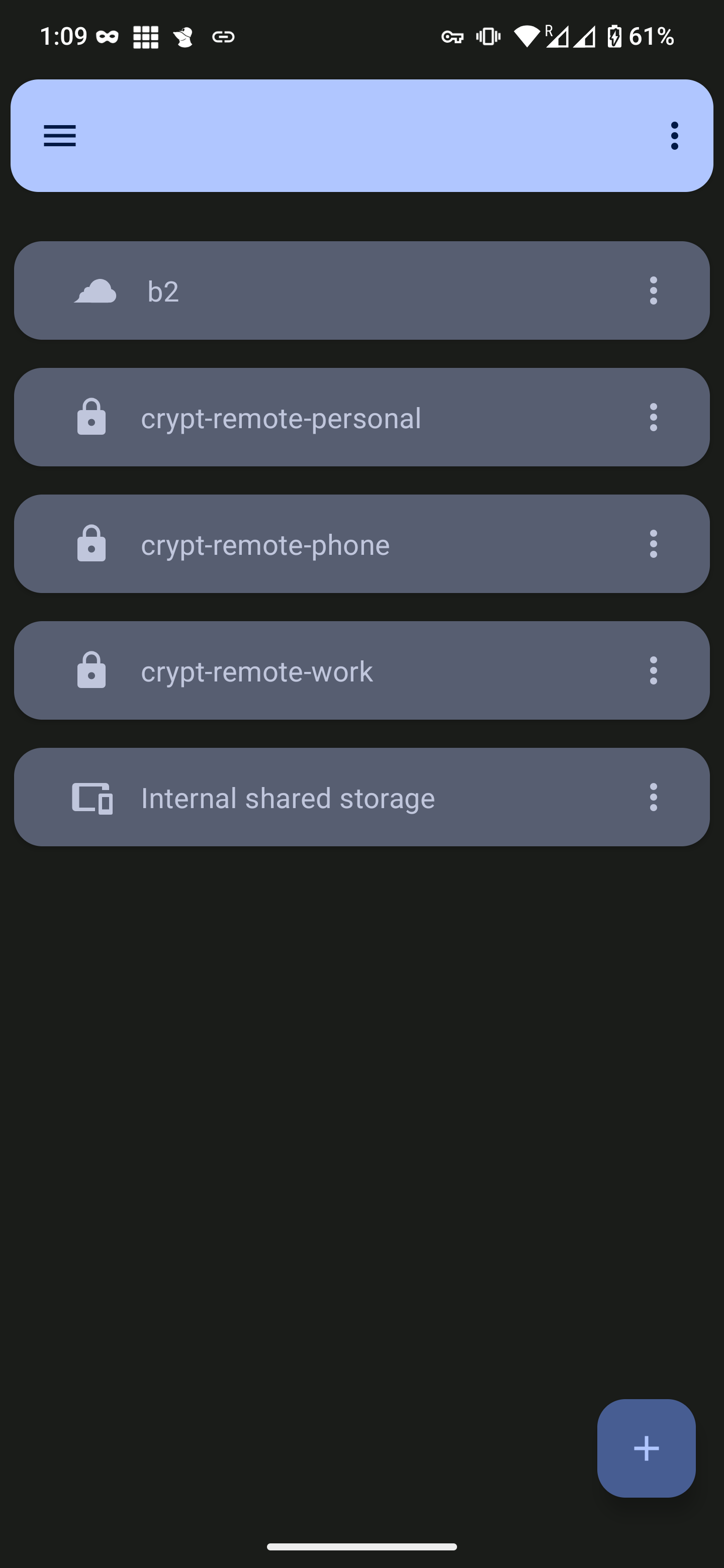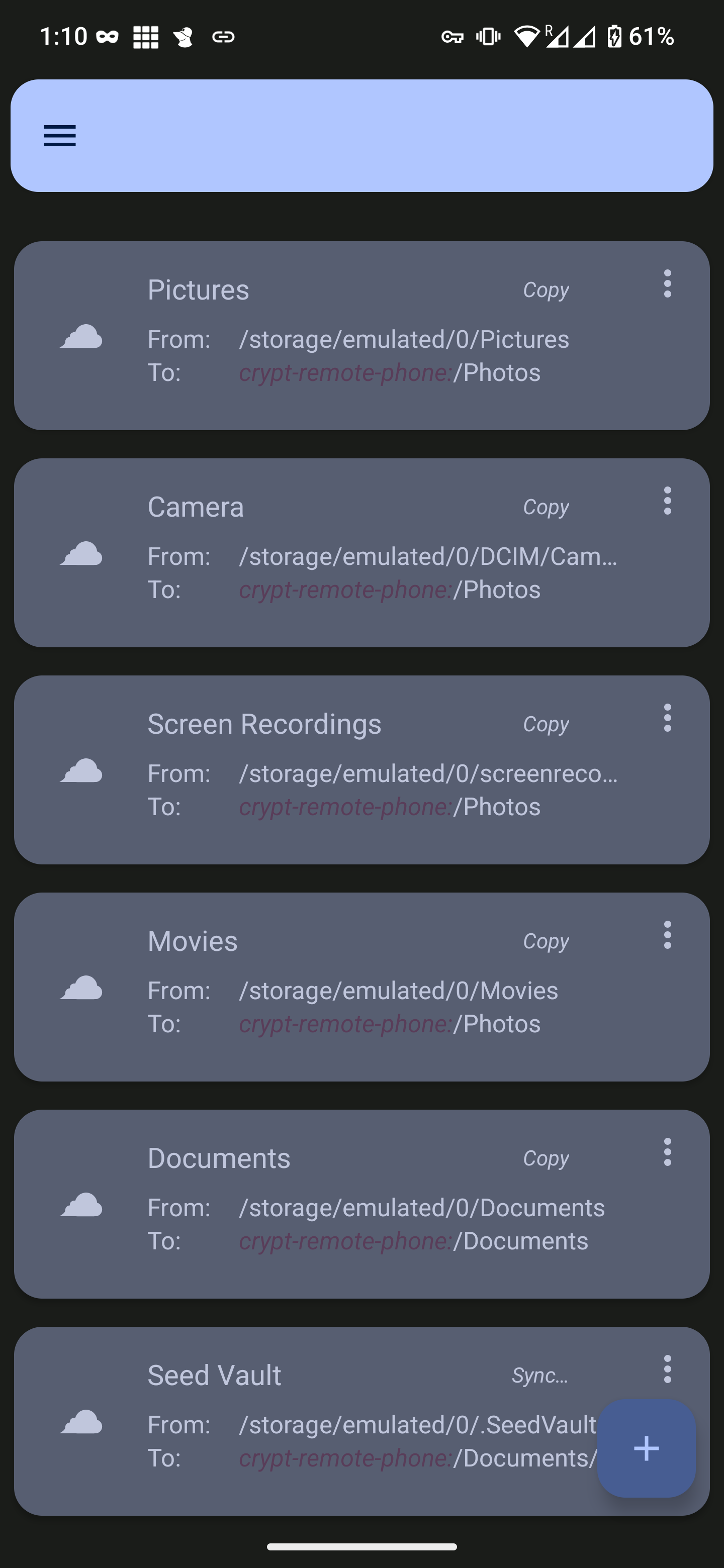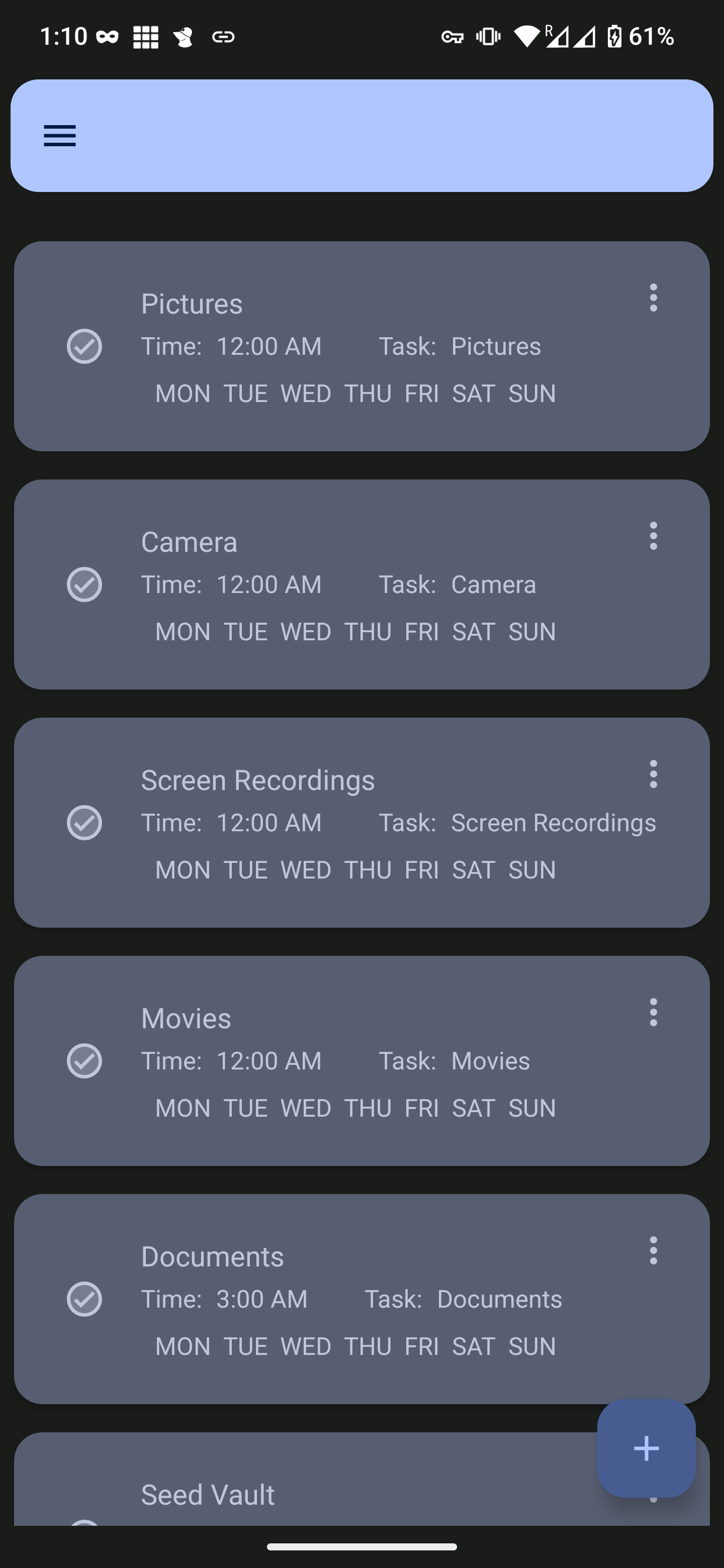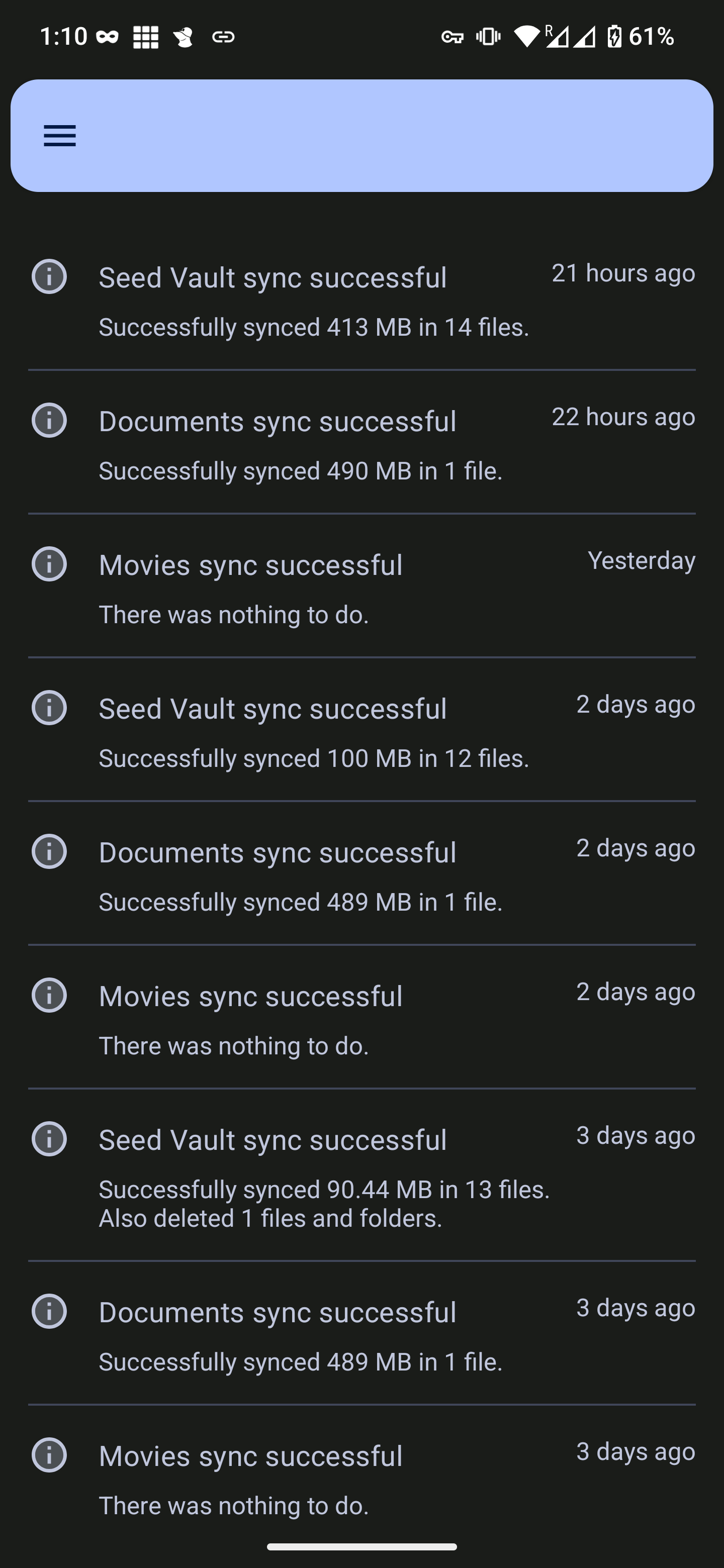

![]()


![]()


I haven’t made a keyboard in awhile but anything that supports QMK (or whatever is new and shiny today) should be able to support this.
QMK and the like are custom firmware so you can pretty much code up whatever feature you need.
If you are looking for a pre-built, I know my Tofu65 supports QMK from https://kbdfans.com/.
QMK is written in C but they do have a no code tool I used for my Tofu65: https://config.qmk.fm/#/.
If the tool doesn’t cover your use case and you are able to do a little C, these sections are good starting points for layers (what you call modes) and cursor keys.
My work laptop is a Dell Precision. It was a “data science” model that came with Ubuntu. Wiped Dell’s modified Ubuntu and put vanilla Ubuntu on it and now running Nixos. Works great. There was a weird period when using triple monitors with their dock had an intermittent issue on boot where resolutions and monitors were not being detected. Cause was Nvidia drivers. It eventually got resolved and it was easy enough to rollback the drivers to one that worked.


Won’t auto update but you could add the upgrade command to a login script or something.
Won’t lie, nix has a high learning curve to get the most out of it, but installing a single app is pretty simple.


It was really good. Seeing Logan and Loki (series) would help follow the plot some if you haven’t seen either but I didn’t feel it was hard requirement. There are throwbacks to past Fox superhero movies, but they didn’t add critical plot points.
Lots of 4th wall breaking including ripping into Disney, Fox, and the post Endgame downward spiral of MCU.


I open the conversation with “Jmp.chat bot” in Cheogram. That particular conversation has two tabs, conversation or commands. On the commands tab I have “Buy account credit by…”.


That is a good point, will have to check my benefits. Thanks!


The one that didn’t die right array was also a botched update. Never got the firmware over email (Hisense). Vizio, Sony, and Samsung were the ones that died right after warrenty.
I use an external media box so I don’t update them anymore.


Most startups I’ve applied to are Linux friendly.
I currently work for a fortune 100 and managed to get a Linux machine purchased as a “lab” machine.
I’m fully in control. IT doesn’t even know it exists. I’m not allowed on the corporate network, but I managed to get some internal corporate access through another department’s lab network (IT sanctioned) that has a VPN with a few routes to things like ticketing, time cards, and our internal wiki. Most of the stuff I need to do my job is in AWS and we are allowed to add home IPs to the security groups.
IT still gives me a MacBook. I use it like once every 6 months.
nixos-unstable is the only thing I will use currently.
I’m running bleeding edge stuff like the latest kernel, Hyprland nightly, my own “shell” built from Gnome components and lots of custom stuff using GJS (Gnome JavaScript).
If you get one, and you are free to do whatever on it, encrypt your drives like your job depends on it. I have a memorized passphrase, pin protected hardware key, and a key in TPM. No biometrics.
As far as other nice things to have:
I work in software dev as FYI. For the few issues I have, my team has more issues getting stuff working consistently on macOS for our project. I used that as a justification when requesting the laptop: my dev environment should closely match our runtime environment. Most of that is moot now since we use Nix flakes in our repos for local dev envs.


They also don’t last. I’ve bought 6 flat screens since 2006. 4 have died, all in the second year of ownership. 3 of those died on month 13, 1 month after the warranty. 1 of those died the day after the warranty expired…
I swear they plan for them to die right after warranty or I just have the worst luck. Doesn’t matter if I spend $500 or $3000+ on name brand. I started saving money on the last two that died by insuring them. At this point I’m just leasing them until they die.


Yeah I don’t want locally deleted media (to free up space) to sync those deletions to my remote.
My crypted remotes wrap a B2 Backblaze one which doesn’t delete, just hides. Periodically I go clean it up.


You are correct, fixed!


https://github.com/newhinton/Round-Sync. Not in any app store and have to download and install from GitHub.
It is an Android wrapper around rsync rclone.
Setup a remote, setup tasks, and setup triggers. Mine syncs every night. It supports encrypting with your own keys. Large number of remotes supported from self-hosted to cloud.




Looks good to me. Interface to Dest Ports are your match conditions. NAT IP/Port are the translations performed on each packet matched inbound and the Dest.
Traffic going the other way reverses this operation on the Src instead of destination.
That’s an over simplification of NAT, but for basic port forwarding the general principal holds.


They can modify the DNS packets still. They aren’t encrypted or signed so the authenticity of a response packet cannot be verified. Parental controls from ISP relay on being able to snoop and modify your DNS (and SNI from TLS ClientHello packets).


And who owns these units? I see assistance for buying a home, great, but what’s to stop corporations from picking these up? Even if they are apartments, what’s to stop the owners from keeping costs artificially high for profit?


https://www.goodreads.com/book/show/1098624.When_I_Say_No_I_Feel_Guilty
Its dated and probably misogynistic given the period, but when I did read it many many years ago, the broken record technique is probably the one thing I do remember. It also had some role play dialog for how others may try and break the loop. I found it helpful at the time.
I think I read/heard something similar in one of the Love and Logic parenting books/ebooks. “Maybe so, but <repeat assertion>” comes to mind. Acknowledge the statement that attempts to break the loop, don’t add any new information, and repeat the assertion.


LazyVim. Didn’t have time to do everything manually when I wanted to cut over from regular vim. I have quite a few customizations on top, but its a pretty solid base. I use with neovim nightly via nixos.


Hard agree, but it’s a rather “progressive” view for the political party hell bent on deconstructing reproductive services and eroding privacy to access porn.
It is also still illegal I believe? The lack of any consequence just highlights its a dumb law, demonstrates it only serves as a poor tax, and exposes all their theocratic preaching as just rules for thee and not for me to strip away freedoms.